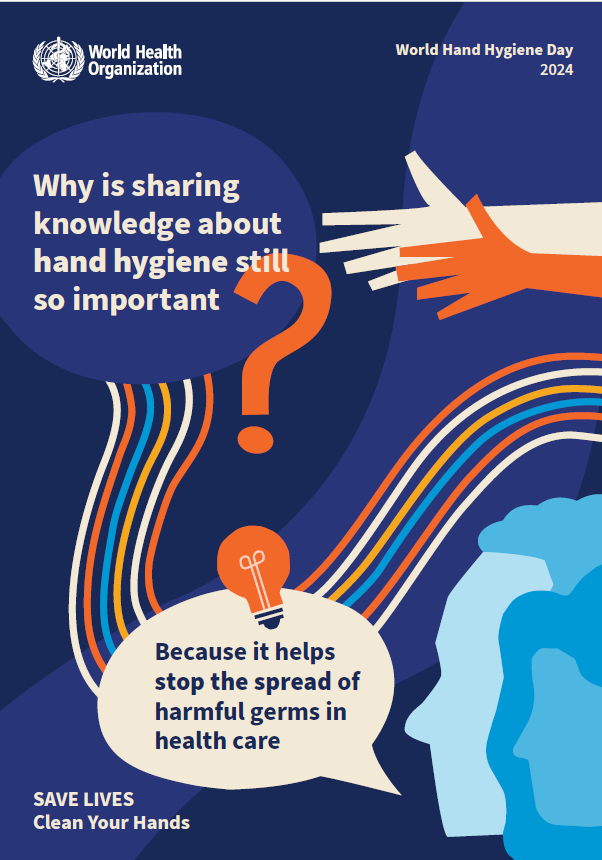Three months study of orthopaedic surgical site infections in an Egyptian University hospital
DOI:
https://doi.org/10.3396/ijic.v6i1.3539Abstract
A 3-months prospective study, with 30 days follow up after surgery, or to the end of the study for patients with implant, was conducted on 121 patients undergoing surgery and completed their follow up visits at Orthopaedic department, Tanta University hospital. SSI was revealed in 10 patients with overall cumulative incidence rate of 8.264 % for which bacteriological culture and sensitivity was done. Descriptive and logistic regression analyses were performed to determine risk factors for such infections. Univariate analysis showed that SSI was significantly associated with age more than 50 years, diabetes mellitus, ASA score more than 2, duration of surgery more than 2 hours and use of drains. While binary logistic regression analysis showed that use of drains is the only independent risk factor in our cases. The most commonly isolated organisms were Staphylococcus aureus, pseudomonas and E. coli (20% each). The high incidence of SSI in our hospital in comparison with developed countries and some studies done in Egypt has encouraged the development of recommendations for prevention of such infections in university hospitals.Downloads
Downloads
Published
How to Cite
Issue
Section
License
Authors retain copyright of their work, with first publication rights granted to IJIC. Read the full Copyright- and Licensing Statement.




